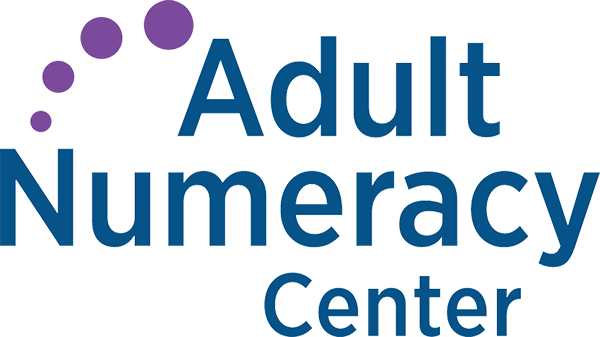Looking at Wrong Answers: Is It Helpful?
by Martha Merson
An adult ed teacher whom I respect very much once told me she avoided presenting or focusing on problems where students would see flawed reasoning leading to incorrect solutions. Her stance was a challenge to the idea of showing students incorrectly solved worked problems as a way to highlight common misconceptions. In the EMPower series students periodically encounter a practice page or activity that presents two opposing views. For example, one character advocates adding all the amounts, regardless of their unit; another character says you can’t. In the new EMPower Plus series (with three revised books, forthcoming this fall 2015), students follow flawed reasoning to find and correct errors. See the example below in which Lila miscalculates volunteers’ time recorded in fractions and decimal amounts:
Is this practice of presenting a misguided strategy based on a misconception beneficial or detrimental to learners? We don’t know in all cases, but panelists who co-authored the Practice Guide for Teaching Strategies for Improving Algebra Knowledge in Middle and High School Students do make a strong recommendation related to this point.
If you haven’t tripped over this practice guide, it came out in April 2015, and was funded by the Department of Education’s Institute of Education Science (IES). The Guide was co-authored by a panel of educators and researchers (chaired by Jon Star of Harvard University). The document presents evidenced-based suggestions for how to improve algebra skills and knowledge for students in grades 6-12. By its own description, the guide offers three recommendations accompanied by specific, actionable guidance for teachers implementing these practices in their classrooms. Each recommendation can be used to develop conceptual knowledge, procedural knowledge, and procedural flexibility. The document as a whole also provides a level of supporting evidence for each recommendation, examples to use in class, and solutions to potential implementation challenges, making it pretty handy.
Though targeted to teachers of grades 6-12, adult ed teachers for ASE and pre-ASE math might find the recommendations interesting. The first one speaks to the challenge I heard years ago. The recommendation is to get students analyzing problems that are already solved. I was curious to read whether the panel found evidence that analyzing correct and incorrect solutions could be beneficial. Would studying an incorrect solution leave students with a lasting wrong impression about how to solve problems or not?
The research on this topic is not extensive. However, based on the studies they summarize, the panel reports: “Solved problems can minimize the burden of abstract reasoning by allowing students to see the problem and many solution steps at once—without executing each step—helping students learn more efficiently.”
The panel’s recommendation is quite clear: Use solved problems to engage students in analyzing algebraic reasoning and strategies. Teachers should select solved problems that reflect the lesson’s instructional aim, including problems that illustrate common errors. Analyzing and discussing solved problems can also help students develop a deeper understanding of the logical processes used to solve algebra problems. Discussion and the use of incomplete or incorrect solved problems can encourage students to think critically.
The Guide to Practice includes several suggestions for questions teachers can pose to facilitate discussion of worked problems, such as:
- What were the steps involved in solving the problem? Why do they/don’t they work in this order? Would they work in a different order?
- Will this strategy always/never work? Why?
- What are other problems for which this strategy will work?
- How can you change the given problem so that this strategy does not work?
- How can you modify the solution to make it clearer to others?
The report is free and available online:
http://ies.ed.gov/ncee/wwc/pdf/practice_guides/wwc_algebra_040715.pdf
 Martha Merson has worked in adult basic education since 1988. She is currently the project director of the NSF-funded iSWOOP project. She was also the PI and project director of the Statistics for Action project. She is one of the co-authors of the EMPower materials has also contributed to the development of Mixing in Math (activities and training resources for afterschool leaders and librarians serving elementary school aged children). Prior to her time at TERC, Merson taught all levels of adult basic education learners and trained volunteers for the Center for Literacy in Philadelphia and then provided staff development on math, social studies, science and writing through the Adult Literacy Resource Institute in Boston.
Martha Merson has worked in adult basic education since 1988. She is currently the project director of the NSF-funded iSWOOP project. She was also the PI and project director of the Statistics for Action project. She is one of the co-authors of the EMPower materials has also contributed to the development of Mixing in Math (activities and training resources for afterschool leaders and librarians serving elementary school aged children). Prior to her time at TERC, Merson taught all levels of adult basic education learners and trained volunteers for the Center for Literacy in Philadelphia and then provided staff development on math, social studies, science and writing through the Adult Literacy Resource Institute in Boston.

